ASX mostly recovered from sharp falls this week
It was another day of extreme volatility as the effects of a massive hike in US tariffs continued to be felt even after Donald Trump announced a 90-day pause.
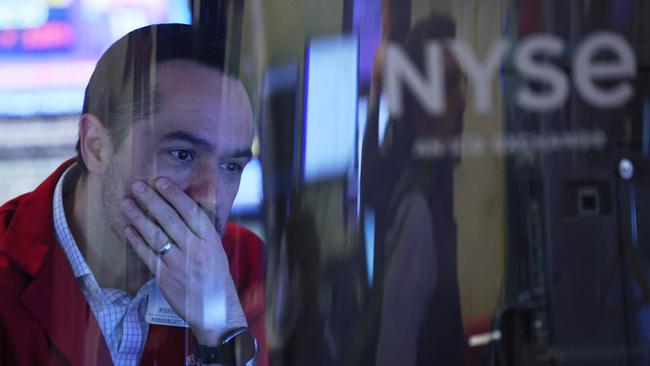
It was another day of extreme volatility in stocks, bonds, currencies and commodities as the aftershocks of a massive hike in US tariffs continued to be felt even after President Donald Trump announced a 90-day pause on a significant part of the tariffs which briefly took effect this week.
After falling as much as 2.4 per cent after big falls on Wall Street overnight, Australia’s S&P/ASX 200 index recovered hugely intraday. The ASX 200 closed on Friday down 0.8 per cent at 7646.5.
The local bourse lost just 0.2 per cent for the week after diving as much as 6.5 per cent on Monday and after a near collapse on Wall Street last Friday and a worrisome sell-off in bonds this week.
Friday’s volatility in Australian stocks came amid extreme moves in US stock index futures and Treasury yields. S&P 500 futures initially plunged 1.8 per cent in after-hours trading before soaring as much as 1.4 per cent.
The 10-year Treasury bond yield spiked up 6 basis points to 4.48 per cent before dipping 2 basis points to 4.407 per cent. US 30-year yields hit 4.95 per cent — near a four-month high of 5.02 per cent, hit this week before Trump ‘blinked’ — but then fell to 3.84 per cent.
In currency markets the US dollar index fell as much as 1.2 per cent before mostly recovering.
Reflecting lingering demand for safe havens, spot gold rose as much as 1.4 per cent to a record high of $US3219.48 per ounce before retreating to $US3190 as the risk aversion in US dollar assets eased.
The sell-off in traditional US safe havens including the dollar and treasuries this week indicated the meltdown in stocks after last week’s tariff announcements caused a major liquidity squeeze and/or foreign institutions like China were selling US dollar assets.
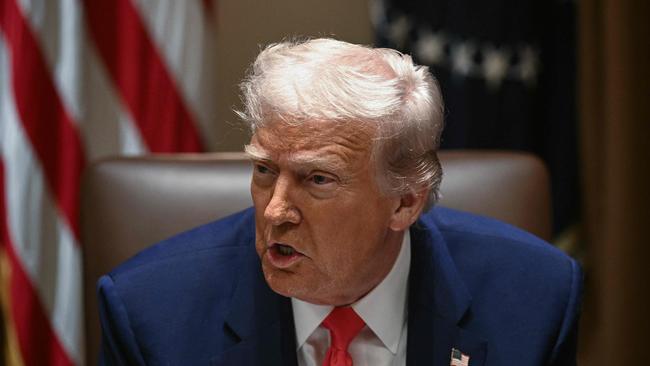
Together with a 7.2 percentage point jump in the VIX volatility index to 40.86 per cent on Thursday, falls of 4.5 per cent in the S&P 500 and 4.3 per cent in the Nasdaq Composite index were ostensibly due to news the average US tariff on China is actually 145 per cent, rather than the 125 per cent level the White House announced on Wednesday. But, it’s effectively a trade embargo in any case.
Analysts say Thursday’s sell-off was more of a “reality check” on the massive gains on Wednesday, when the S&P 500 rose 9.5 per cent and the Nasdaq soared 12 per cent — the biggest gains since 2008 and 2001 — on news of a 90-day pause on most reciprocal tariffs by the US.
“There was a reality check, if you like, in the broader market today about ‘okay, so we’ve got a 90-day pause, but those tariffs may well come back on’,” said NAB senior market strategist Gavin Friend.
“We’ve got lots of uncertainty about China … it’s not 125 per cent, we learn, it’s 145 per cent (the average US tariff rate). Let’s remember, before all this, before ‘Liberation Day’, it was 2.5 per cent (and has gone up) to 24-25 per cent. It’s still up there because while everybody else has come down to 10 per cent, China’s is 145 per cent.”
The VIX closed well below an intraday high of 54.87 per cent and the S&P 500 and Nasdaq substantially trimmed overnight falls of 6.3 per cent and 7.2 per cent.
But US treasuries remained weak on Thursday as 10-year yields soared 9 basis points to a six-week high close of 4.42 per cent and 30-year yields rose 13 basis points to a near three-month high of 4.87 per cent.
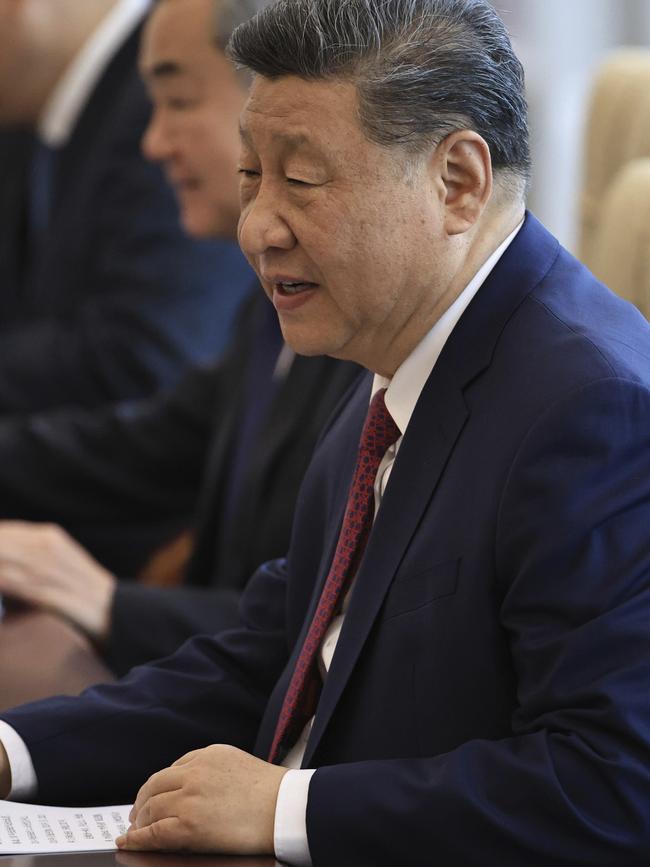
It comes after a $US22bn auction of 30-year treasuries was well supported by stronger-than-usual demand from primary dealers, while indirect (mainly foreign) demand was weak.
But, UBS Global Wealth Management upgraded US stocks to Attractive.
Wednesday’s announcement of a 90-day pause on “reciprocal tariffs” for countries other than China “demonstrated willingness from the Trump administration to change its stance in response to equity and bond market turbulence,” said UBS GWM chief investment officer Mark Haefele.
“It indicates some sensitivity to market stress, and points to the existence of a “Trump put” in some form. Significant tariffs on China will cause economic disruption if they remain in place. But risks do remain, we believe the risk of a more severe economic downturn is now more limited.”
He’s mindful of the greater-than-expected tariff escalation between the US and China, and the risk incoming data could demonstrate significant supply chain and business disruption from the China tariffs.
And, he cautioned the pause in reciprocal tariffs may not result in long-lasting “deals”. Additional tariffs on pharmaceuticals and semiconductors are expected to be announced.
“But with many countries expressing a desire to negotiate with the US, and the Trump administration now more incentivised to demonstrate ‘success’, we expect a variety of ‘deals’ or sector carve-outs to materialise within the 90-day ‘pause’ period,” he said.
“President Trump has even expressed the view that ultimately a deal would be struck with China. We believe that progress on negotiations should provide encouragement for investors to look through near-term tariff-induced economic weakness and toward a return to earnings growth in 2026.”
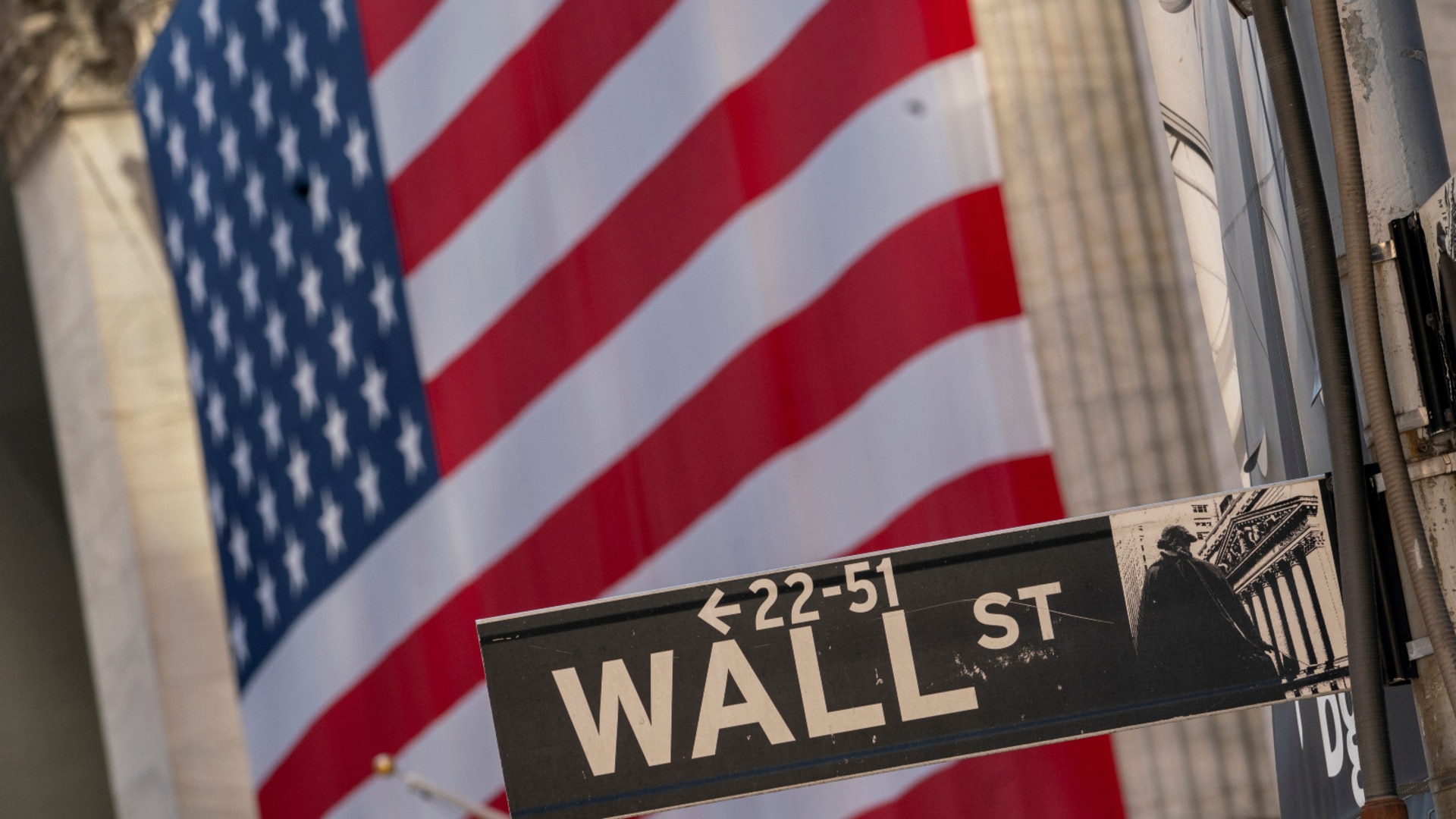
He also noted stock returns after such volatile periods have historically been positive. Since 1990, when the VIX index was launched, the S&P 500 has delivered a 9.3 per cent return on average over 12 months, but high volatility has historically been followed by higher-than-normal returns.
“While each case is different, levels of the VIX above 40 have historically been followed on average by 30 per cent one-year returns on the S&P 500, with a 95 per cent chance of a gain,” he said.
Additionally, the S&P 500’s 9.5 per cent rise on 9 April was the largest one-day rise since 2008, and the third largest ever.
Since 1950, there have been 13 previous one-day rallies of 6 per cent or more; subsequent one-year returns have all been positive, with gains ranging from 10-63 per cent.
“We also found that on the 12 occasions that the S&P 500 has fallen by 20 per cent from its peak since 1945, the index has delivered a positive return over the subsequent 12 months on 67 per cent of occasions with a mean return of 12.9 per cent,” Haefele added.
The S&P 500 closed down 18.9 per cent from its peak on 8 April.
Furthermore, bearish sentiment among individual investors remains elevated due to uncertainty surrounding the ongoing trade dispute, with 58.9 per cent of investors expecting stock prices to be lower over the next six months, according to the latest American Association of Individual Investors survey for the week ending 9 April.
This follows a surge to a one-year high of 61.9 per cent the previous week.
“Notably, bearish sentiment has historically served as a contrarian indicator, with the S&P 500 averaging a 27 per cent return in the 12 months following instances where sentiment readings exceed 60 per cent,” Haefele said.




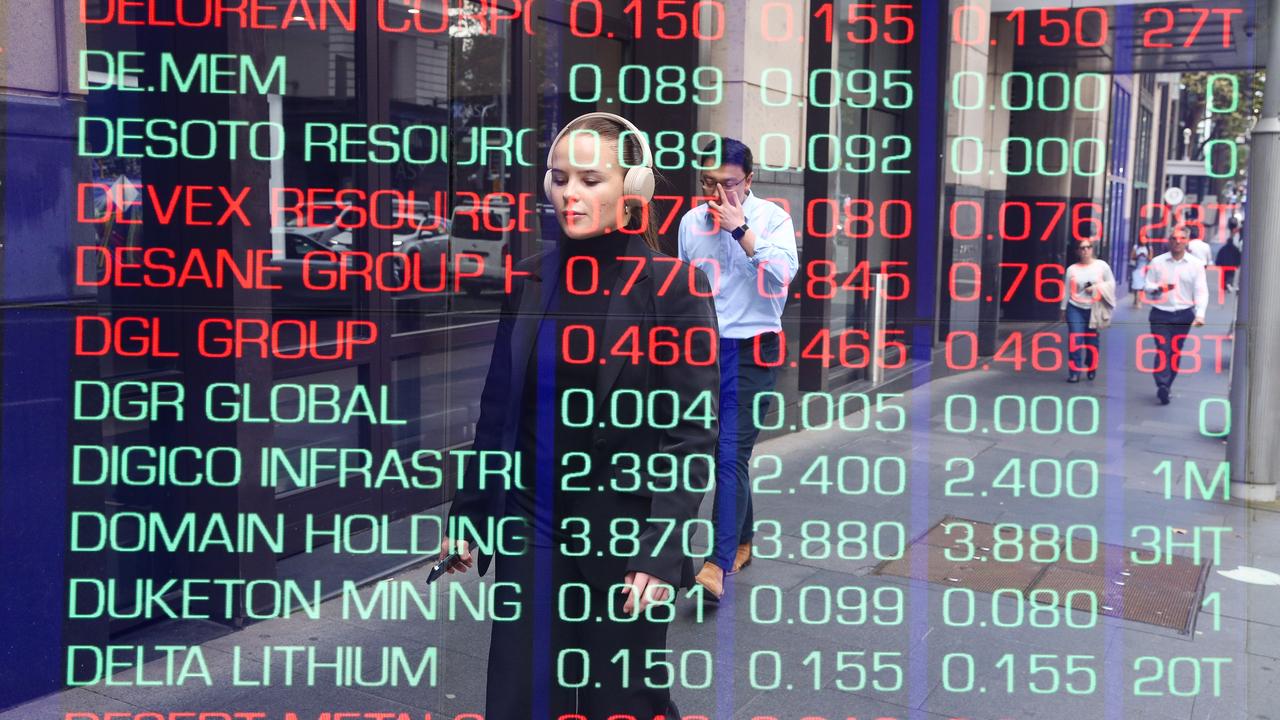

To join the conversation, please log in. Don't have an account? Register
Join the conversation, you are commenting as Logout